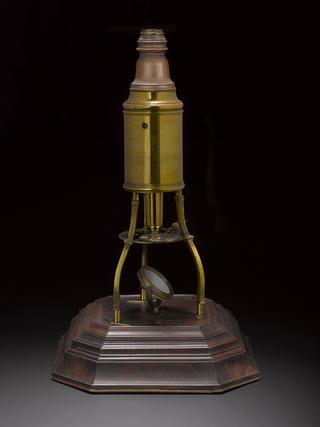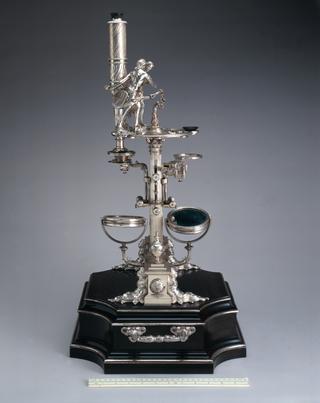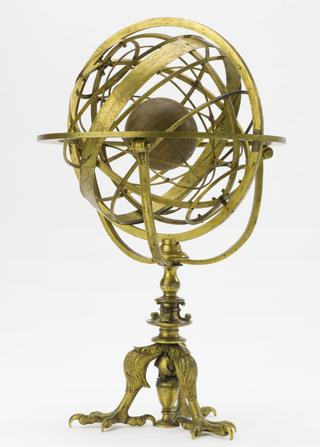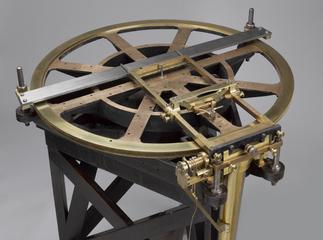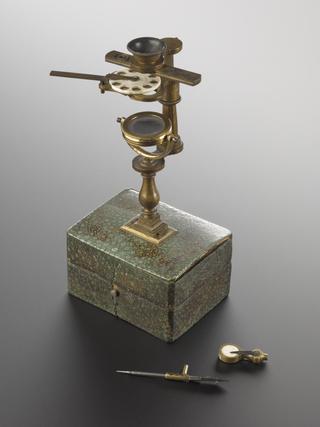
Case for Culpeper microscope
- Made:
- 1720-1730 in Moorfields
- maker:
- Edmund Culpeper




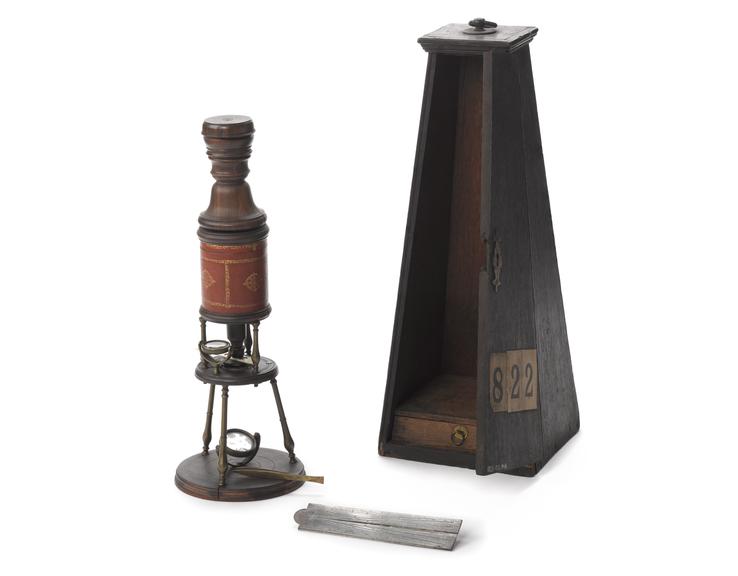



Pyramid-shaped carry case for compound microscope made by Edmund Culpeper in 1720-30, Moorfields, London.
Edmund Culpeper supplied his microscopes in distinctive, pyramid-shaped carry cases. Culpeper (active 1684-1737) was a mathematical instrument maker, whose workshop the 'Old Mathematical Shop' was located at Moorfields in London. He was apprenticed to Walter Hayes in 1684, became a Freeman of the Grocers' Company in 1713 and took over Hayes' business at Moorfields.
Details
- Category:
- Microscopes
- Object Number:
- 1928-782 Pt3
- Materials:
- mahogany (wood), brass (copper, zinc alloy), paper (fibre product) and steel (metal)
- type:
- case
- credit:
- Court, Thomas Henry
